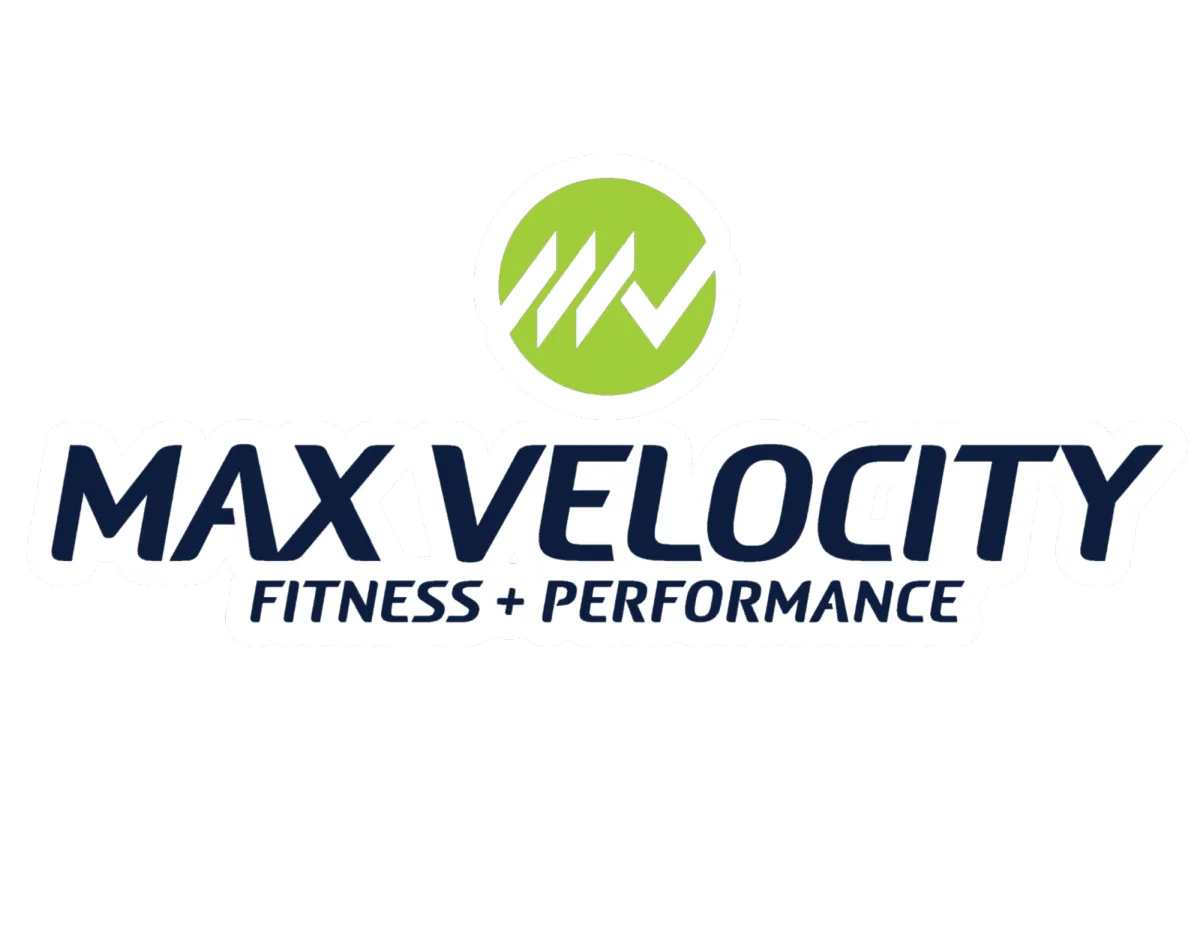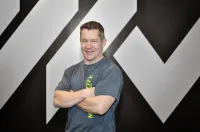
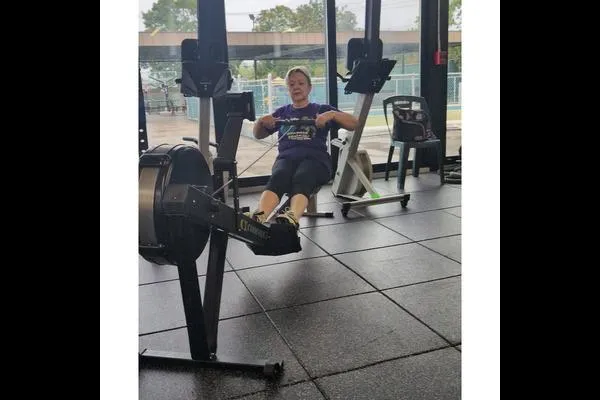
10-for-30: How to get a 300% return on your health
By Ken Berger
Meet Tom. At 57, he thought he had it all figured out. A successful career, a comfortable home and weekends filled with golf and barbecues. But lately, something's been nagging at him.
His joints ache more than they used to. Climbing stairs leaves him winded. And that beer belly? It's not going anywhere.
Tom's not alone. Many of us cruise through our 50s, taking our health for granted. We assume we'll always have time to catch up and take care of ourselves “when we have more time.” We tell ourselves we'll get serious about exercise "someday."
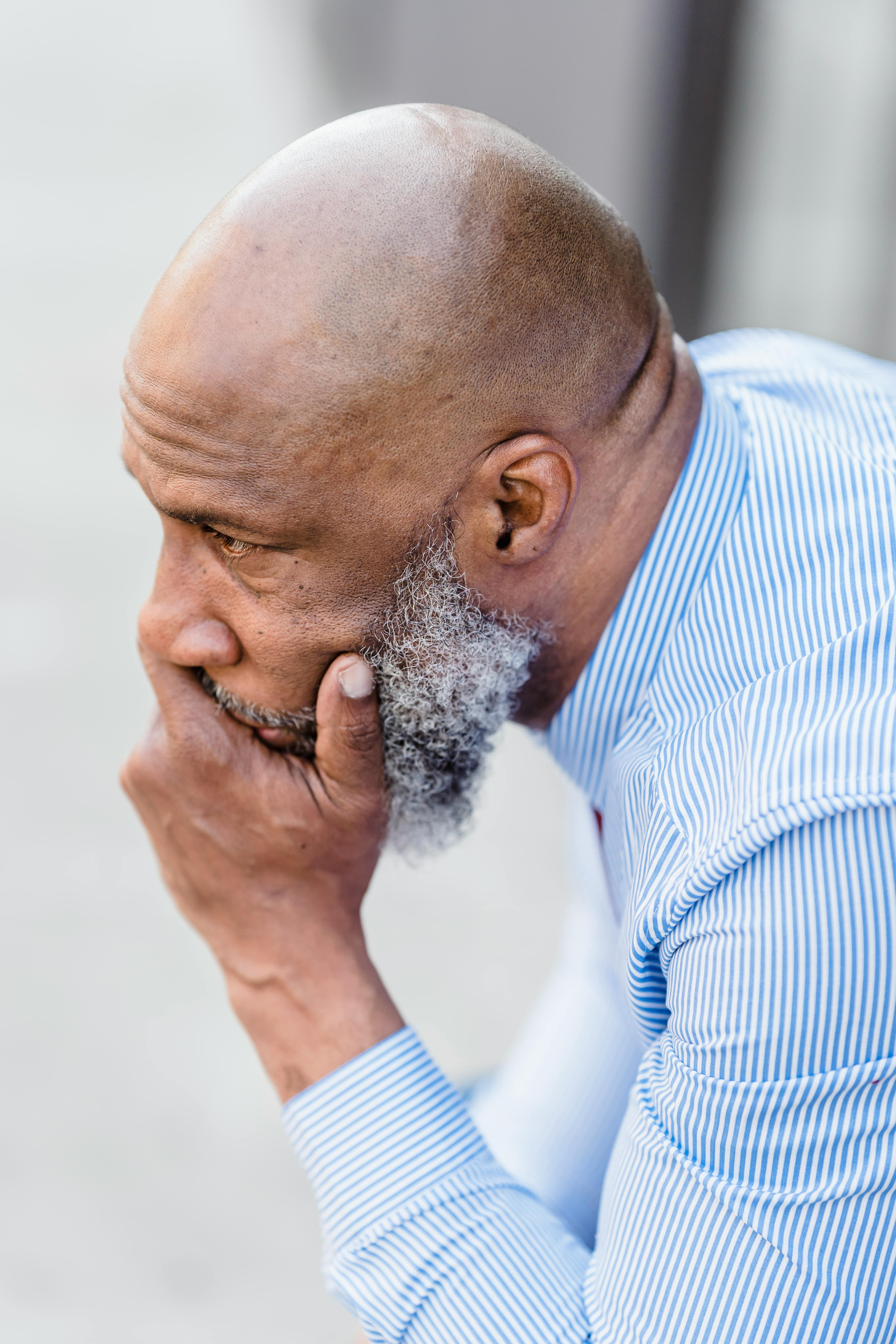
But here's the wake-up call: What you do from 55 to 65 can make or break your health for the next 30 years.
I call it the “10 for 30” effect … and I see too many people in their 50s who are ignoring the simplicity and inarguable science behind this approach.
Enter Dr. Peter Attia, a longevity expert who's shaking up how we think about aging. Based on carefully curated research, Attia argues that with the right approach to exercise and nutrition, you can set yourself up for decades of vibrant, active living.
Give it your all for 10 years, from 55 to 65, and you could enjoy 30 years of health and vitality from 65 to 95.
But … make the easy, enjoyable and convenient choices – yes to beer and wings, and no to strength training and whole foods – and you’re opening yourself up to a life of pain, immobility and disease in your final decade.
The truth is, most of us need a serious shift in how we think about food and fitness … and most of us don't recognize the sense of urgency that’s involved.
When it comes to the decisions we make from 55-65 to determine the length and quality of life after 65, we’re literally in a race against time.
Yet most of us treat it like a walk in the park with no consequences.
Let's break down how you can start your own "10 for 30" journey today.
Exercise: The key to longevity
When it comes to exercise, specifically strength training, it's not about bulking up. It's about maintaining muscle mass. We know the data point to a loss of 8-10% of lean mass per year after age 25; and that after age 75, muscle mass and activity level drop precipitously.
We also know that, if unchecked, this loss of muscle mass and strength – along with increased fat mass – leave us more susceptible to all of the diseases most responsible for premature death: atherosclerosis, cancer, neurodegenerative diseases like Alzheimer’s and metabolic diseases such as type II diabetes.
Failing to maintain our strength and muscle mass during middle age also puts us at greater risk of falls after age 65. And the data on falls and mortality rates are staggering.

If you're over 65 and break your hip or femur in a fall, your risk of dying within a year jumps to 15-30%. And of those who survive the ensuing 12 months, half never regain their previous level of function.
So why do so many people in middle age choose leisurely activities, frequent food indulgences and claim they’re hitting their exercise quota because they “walk 10,000 steps every day?”
Why, when a hungry lion is chasing them, are they not running as fast as they can?
Are they saying they do not want to live 2-3 more decades after age 65, be free of pain and disease, and enjoy a life filled with freedom, independence and activities they enjoy?
If this is you, you’re not alone … and it’s not your fault. It’s just that no one ever pointed out the sense of urgency before.
That’s why I’m here and writing this article for you … so I can be the person who finally guides you on the right path.
Can you reverse the damage?
If you’re in your 50s or even 60s and fear that your actions and decisions in middle age have imperiled your potential for a long, healthy life after 65, is it too late to start?
Absolutely not. The best time to plant a tree was 20 years ago; the second best time is today.
But what should you do?
Based on the work of Dr. Attia and more than a decade of my own experience as a personal trainer and nutrition coach helping people over 50 achieve optimal health, here’s a simple blueprint you can start implementing today:
Resistance Training (i.e. “lifting weights): Strength training is non-negotiable, and should be done at least 2 times a week. It is the most proven and effective way to slow the decline of lean mass as we age … and research has shown that it’s possible to add lean mass through resistance training, even if you’re over 65! Always consult with your doctor before beginning an exercise program. If you’re new to this or have been out of the gym for a while, start slow. Bodyweight exercise and resistance bands are super effective in the beginning, with the goal of progressing to lifting weights that challenge you. If you’re unsure of your form or something doesn’t feel right, it’s best to work with a personal trainer who has experience working with people your age.

Aerobic Base: When it comes to cardiovascular training, it’s best to start by building a wide and sturdy aerobic base. This is done through what’s known as “Zone 2 Training,” or longer duration, moderate intensity exercise. If you don’t have or want fancy heart monitors, it’s OK; you don’t need them. Simply pick an activity – walking, hiking, biking – and go at a pace where you begin to sweat after a few minutes and your heart rate is increasing, but you could carry on a conversation with someone while continuing the activity. Start with 20-30 minutes, 3 times a week and progress from there with the guidance of a qualified trainer.
Peak Cardiovascular Capacity (i.e. VO2 max): As covered in this article, there is no biomarker or data point that correlates more directly with longevity than VO2 max. What’s VO2 max? Simply put, it’s how much oxygen you are able to consume during intense cardiovascular exercise, and it’s measured in ml per kg of bodyweight per minute. The data are clear: The higher your VO2 max, the longer you will live. More importantly, if you want to be able to perform more than the bare minimum (like walking 3 mph on flat ground) when you are over 75, then your VO2 max needs to be that of someone two decades younger at an elite fitness level during middle age! So while walking 10,000 steps a day is great, it’s not enough to extend the length or expand the quality of your life in later years. To do this, we also need high-intensity interval training. As always, consult with your doctor before starting or changing your exercise program. And if you’re unsure what’s a safe and effective level of intensity for you, work with an experienced trainer who’s had success working with people your age in this type of training.
The important takeaway here is this: If you’re in your 50s or even 60s, and your exercise routine bears no resemblance to what you see above, it’s time for an intervention before it’s too late.
Nutrition: Fuel for Life
When it comes to weight loss and body composition, about 60-80% of your results are going to come from your nutrition. That’s why I provide every client with a registered dietitian-approved nutrition play customized for them at no additional cost. (If you’d be interested in learning how YOU can get access to the same plan even if you’re not currently training with me, you can find out HERE.)

If you have significant weight to lose, we should schedule a chat to discover the simplest way to make that happen.
If you’re here to learn how to improve your overall health and avoid muscle loss as you age, there’s only one thing I want you to focus on first.
The importance of protein
As we age, our bodies become less efficient at using protein. That means we need more of it to maintain muscle mass.
There are a lot of complex formulas out there for calculating how much protein you need for your body size, body type and goals. The simplest one I’ve found is .36 grams per pound of bodyweight. So if you weigh 180 pounds, you need at least 65 grams of protein per day, spread across three meals (breakfast, lunch and dinner).
Note: This is the MINIMUM … and more is required after age 50. The latest research shows that the minimum dose of protein required to turn on “muscle protein synthesis” is 30 grams per meal.
Start where you are and increase from there … but don’t try to “chase” protein by eating massive amounts of it at dinner after skipping it at breakfast and/or lunch. Your body needs a steady supply of protein throughout the day and can only digest and absorb so much at a time.
If you’re just getting started, your ideal strategy is to include protein in every meal. Greek yogurt for breakfast, a chicken breast at lunch and fish for dinner. Throw in some protein-rich snacks like nuts or hard-boiled eggs, and you're on your way.
If you struggle to get enough protein, I’ve arranged for you to get 15% off your first order of SYNTHESIS, the protein supplement that I use and recommend to my clients. Get your Max Velocity VIP Coupon HERE.
The main idea here is, when focused on longevity through nutrition, start with protein and progress from there.
Recognize the urgency
You're standing at a crossroads. The next 10 years can set the stage for how you'll live the following 30.
Remember Tom? He thought he had it all figured out … yet he waited longer than he should have to prevent joint pain and belly fat from dominating his life. No longer could he climb stairs without getting winded or keep up with his grandkids … much less play golf or Pickleball, go for a hike or even carry groceries into his house.
The good news is, Tom started with a couple days a week of bodyweight exercises, 3 days a week of walking and a protein shake for breakfast every day. Within 6 weeks, he’d lost 10 pounds, regained his energy and felt ready to take the next step toward a long, healthy and active life.
You can, too … if you start NOW.
–
If you’re not sure whether you’re doing everything you can to be able to live a long, active life free of pain and disease after 65, we should go through my Longevity Checklist together. It’s FREE, and all you need to do is set aside 10 minutes for a phone call. There's no risk and no obligation; just me guiding you on the path to a better quality of life. If you’d be interested in taking control of your health now and reaping the rewards for decades to come, HERE’S THE LINK.
Want To Learn More First? Download A FREE Copy Of My Best-Selling Book ... Stronger After 60!
My new best-selling book, Stronger After 60, is your ultimate guide to optimal health, fitness and longevity through the power of science and healthy habits.
Stronger After 60 will change the way you think about aging. This book is designed for real people who want simple solutions to maintain their strength and youthful energy while enjoying the best things in life without restriction. It’s your roadmap to longevity, wellness and enjoying your 60s and beyond like someone half your age.
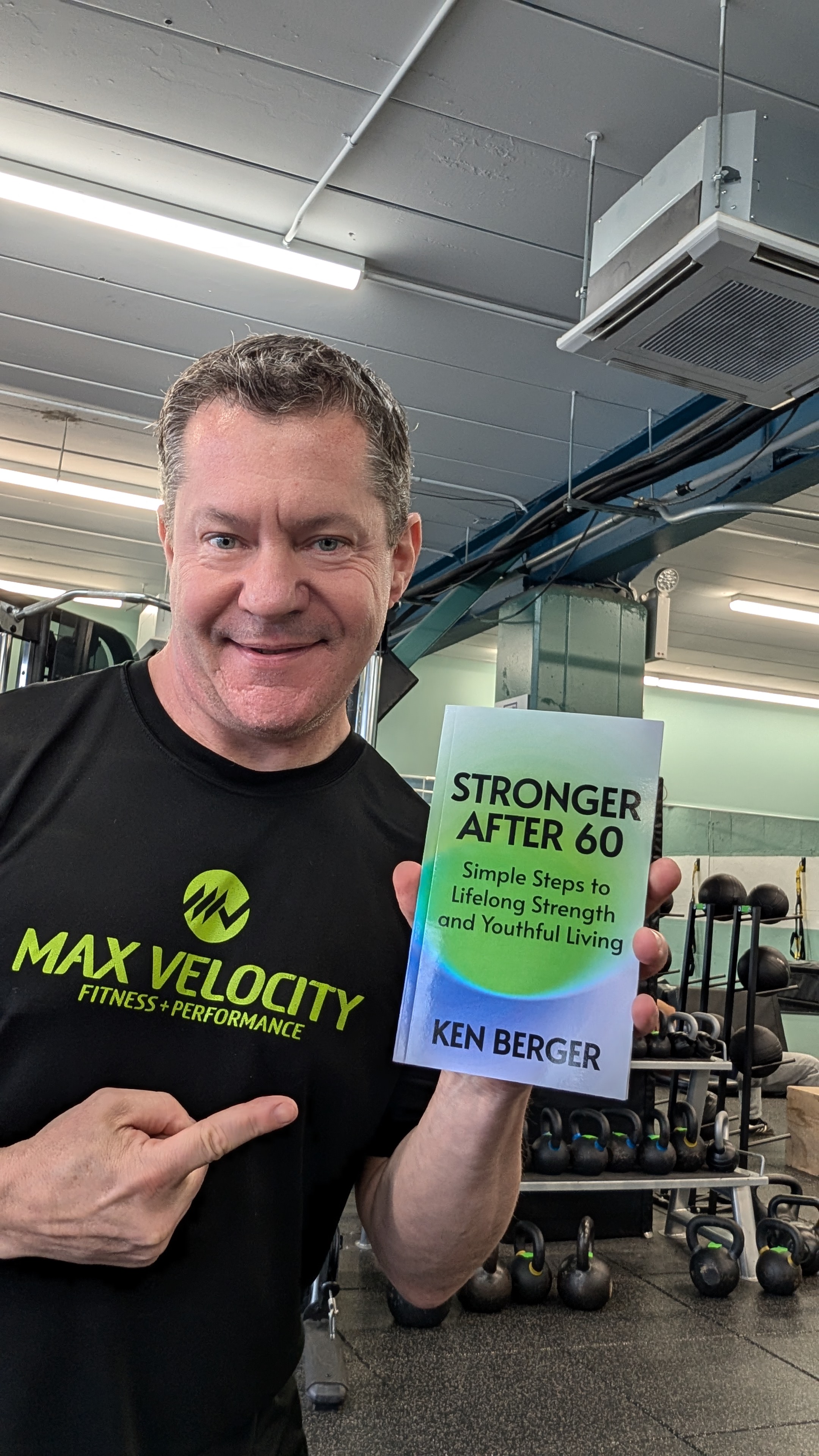
And TODAY, You Can Get Your Very Own Copy of Stronger After 60 ... for FREE!
Just click the button below, fill out your info, and a copy of Stronger After 60
will be on its way to your inbox in seconds!
Don't miss out on this life-changing opportunity. Get your FREE copy of Stronger After 60 NOW.



